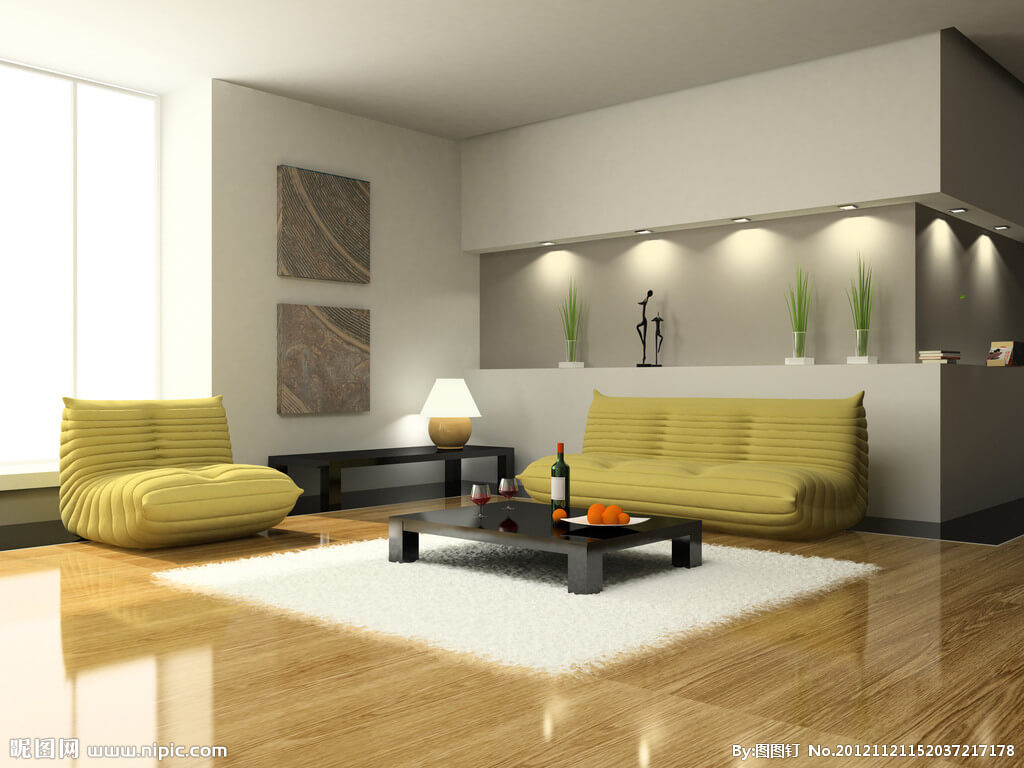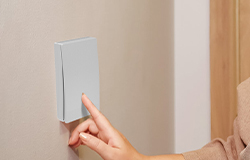As smart home devices are becoming more and more popular, and the way to control these devices is evolving. In the field of home automation, RF433 RF switches and Bluetooth protocol switches are two common wireless communication technologies. In this paper, we will explore the advantages and disadvantages of these two technologies for home use, as well as the scenarios to which they are respectively applicable.
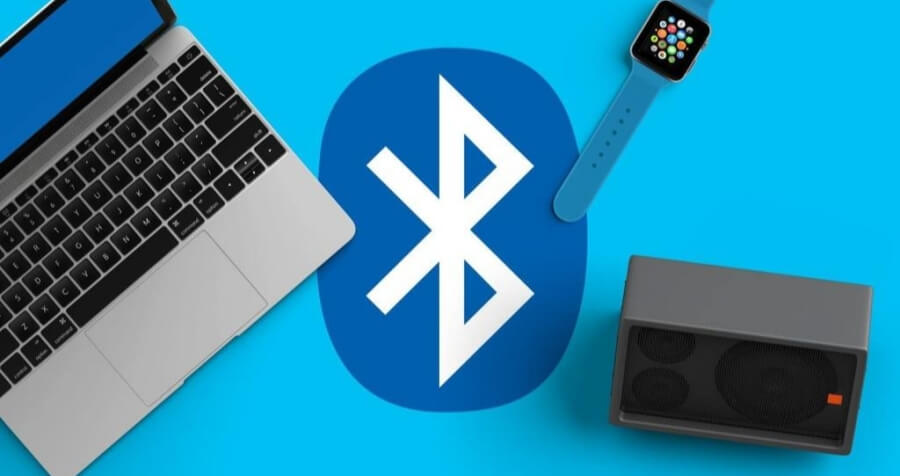
RF433 Radio Frequency Switch Signal
RF433 (Radio Frequency 433MHz) is a common radio frequency communication technology, widely used in wireless remote control, smart home, and other fields. Its operating frequency is 433MHz, which has the advantages of strong penetration and stable signal.
Advantages:
1. Strong penetration: RF433 signal can penetrate through walls and obstacles, making its coverage wider in the home environment. General use of RF433 signal wireless switch tends to be able to use about 100 meters across the wall, which means that it has a fairly strong signal transmission capability, and the transmission is also relatively stable and can have a wider transmission range.
2. More cost-effective: RF433 technology is a relatively mature, and relatively low-cost hardware equipment manufacturing, which makes RF433 equipment prices relatively more affordable. RF433 switch is more flexible than the Bluetooth protocol, which is mainly reflected in its ability to have a large range of control capabilities, but also with Bluetooth together, like DFM has developed many RF and WiFi together with the use of the product, for people to choose. For example, DFM has developed many RF and WiFi products for people to choose from.
3. Simple and easy to use: RF433 communication protocol is relatively simple and easy to implement, users can realize the communication and control between devices through simple operation.
Bluetooth protocol switch
Bluetooth technology is a short-range wireless communication technology, widely used in data transmission between cell phones, headphones, keyboards, and other devices. In the field of smart homes, Bluetooth protocol is also used to control switches, lights, and other devices.
Advantages:
1. Wide compatibility: Bluetooth technology is widely supported in modern devices, almost all smartphones have built-in Bluetooth functions, so Bluetooth devices are more easily compatible with other devices.
2. Higher security: Bluetooth protocol has high security and supports encrypted transmission, making it relatively difficult to be illegally invaded.
3. Fast data transmission speed: Advancements in Bluetooth technology have resulted in increased data transmission speeds, making it suitable for scenarios that require high-speed transmission.
Disadvantages:
1. Higher cost: Compared with RF433, Bluetooth technology has a higher device manufacturing cost, which may make the related products more expensive.
2. Short-distance limitation: Bluetooth technology is suitable for short-distance communication, its coverage area is relatively small, and it is necessary to ensure a relatively close distance between devices.
Conclusion:
When choosing the switch control technology for home use, you need to weigh the advantages and disadvantages of RF433 RF switch signals and Bluetooth protocol switches according to the actual needs and use scenarios.
If the home layout is more complex, needs to cover a larger area, and has a limited budget, then RF433 RF switch signaling may be a more appropriate choice. Its simplicity, low cost, and strong penetration can meet the basic needs of the average home.
On the contrary, if higher security, data transmission speed, and broad compatibility with other devices are sought and a certain cost is willing to be paid for, then Bluetooth protocol switches may be more suitable. Especially in small, highly integrated smart home systems, Bluetooth technology can provide a more convenient control experience.
Ultimately, choosing the right technology depends on individual needs and preferences. As the technology continues to evolve, more options and innovations are likely to become available in the future, opening up even more possibilities for home automation.

 CN
CN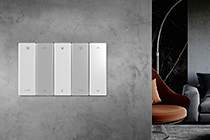
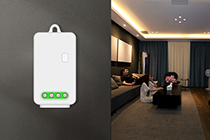

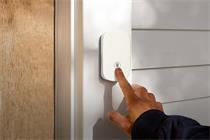





 Home
Home DFM
DFM  Jan 16,2024
Jan 16,2024 
 OEM and ODM: Key Strategies for Accelerating Business Growth
OEM and ODM: Key Strategies for Accelerating Business Growth 
 Jan 12,2024
Jan 12,2024 


